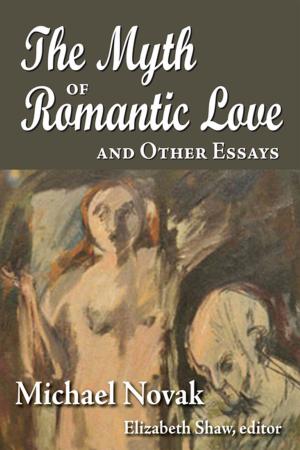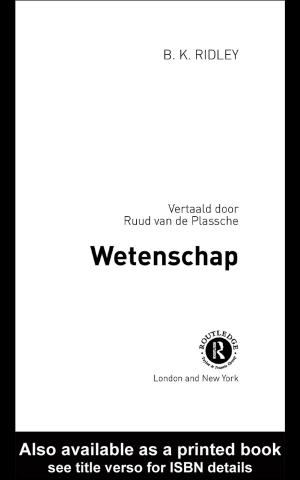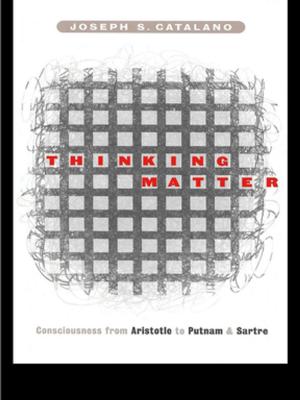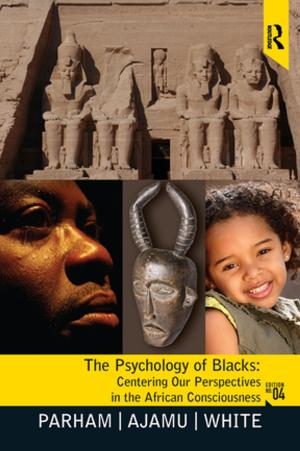From Doxiadis' Theory to Pikionis' Work
Reflections of Antiquity in Modern Architecture
Nonfiction, Art & Architecture, Architecture| Author: | Kostas Tsiambaos | ISBN: | 9781317205081 |
| Publisher: | Taylor and Francis | Publication: | September 22, 2017 |
| Imprint: | Routledge | Language: | English |
| Author: | Kostas Tsiambaos |
| ISBN: | 9781317205081 |
| Publisher: | Taylor and Francis |
| Publication: | September 22, 2017 |
| Imprint: | Routledge |
| Language: | English |
In this book, Tsiambaos redefines the ground-breaking theory of Greek architect and town planner Constantinos A. Doxiadis (The Form of Space in Ancient Greece) and moves his thesis away from antiquity and ancient architecture, instead arguing that it can only be understood as a theory founded in modernity.
In light of this, the author explores Doxiadis’ theory in relation to the work of the controversial Greek architect Dimitris Pikionis. This parallel investigation of the philosophical content of Doxiadis’ theory and the design principles of Pikionis’ work establishes a new frame of reference and creates a valuable and original interpretation of their work. Using innovative cross-disciplinary tools and methods which expand the historical boundaries of interwar modernism, the book restructures the ground of an alternative modernity that looks towards the future through a mirror that reflects the ancient past.
From Doxiadis’ Theory to Pikionis’ Work: Reflections of Antiquity in Modern Architecture is fascinating reading for all scholars and students with an interest in modernism and antiquity, the history and theory of architecture, the history of ideas and aesthetics or town planning theory and design.
In this book, Tsiambaos redefines the ground-breaking theory of Greek architect and town planner Constantinos A. Doxiadis (The Form of Space in Ancient Greece) and moves his thesis away from antiquity and ancient architecture, instead arguing that it can only be understood as a theory founded in modernity.
In light of this, the author explores Doxiadis’ theory in relation to the work of the controversial Greek architect Dimitris Pikionis. This parallel investigation of the philosophical content of Doxiadis’ theory and the design principles of Pikionis’ work establishes a new frame of reference and creates a valuable and original interpretation of their work. Using innovative cross-disciplinary tools and methods which expand the historical boundaries of interwar modernism, the book restructures the ground of an alternative modernity that looks towards the future through a mirror that reflects the ancient past.
From Doxiadis’ Theory to Pikionis’ Work: Reflections of Antiquity in Modern Architecture is fascinating reading for all scholars and students with an interest in modernism and antiquity, the history and theory of architecture, the history of ideas and aesthetics or town planning theory and design.















